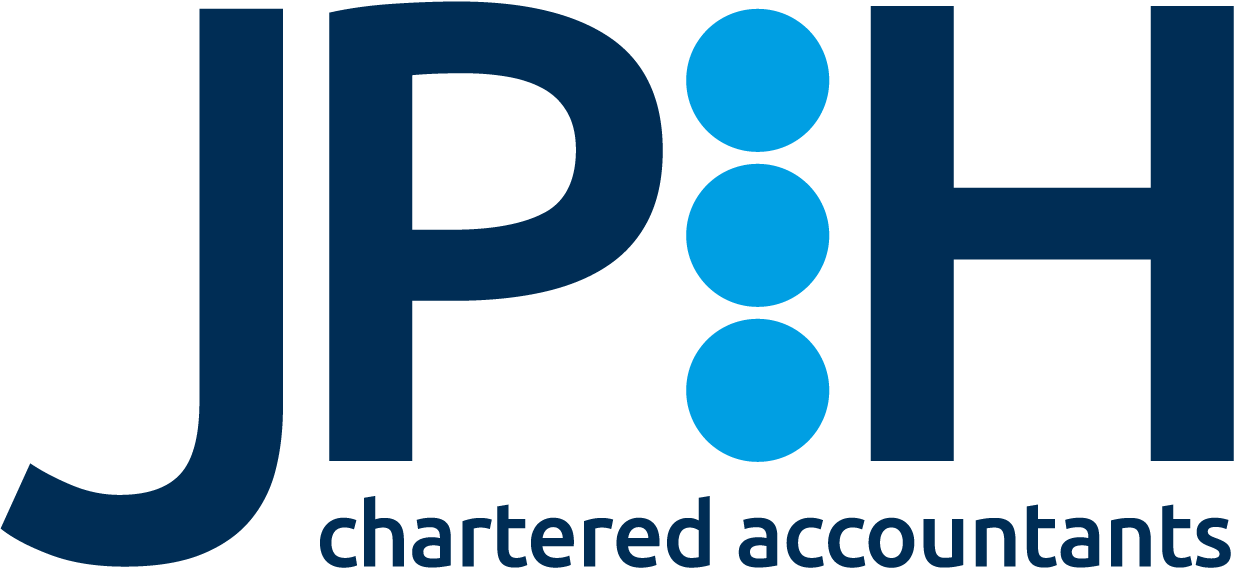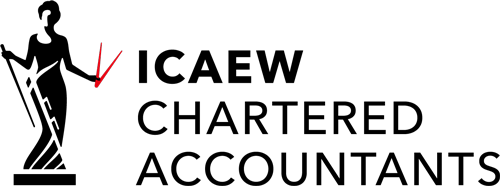Value-added tax (VAT) compliance requires time and dedication and is often viewed as a burden for small and medium-sized businesses.
Luckily, the VAT Annual Accounting Scheme offers an alternative to the standard quarterly VAT returns that may simplify record keeping and cash flow for qualifying enterprises.
This guide explains key features of the Annual Accounting Scheme, including annual rather than quarterly VAT returns.
We’ll outline eligibility requirements, application processes, and the pros and cons of participation.
What is VAT accounting?
VAT is charged at each step of the ‘supply chain’. A business pays the government the tax it collects from the customers, but it also receives a refund on the tax it has paid to its suppliers.
The net result is that tax is paid on the value added at each stage of the supply chain, from production to the point of sale.
VAT accounting involves several key components and steps:
- VAT registration: Businesses with a turnover above a certain threshold are required to register for VAT. This threshold varies by country. For example, in the UK, the threshold is £85,000. Businesses below this threshold can register voluntarily.
- Charging VAT: Once registered, a business must charge VAT on its taxable supplies at the appropriate rate, which can vary depending on the type of goods or services provided.
- VAT returns: Registered businesses must submit VAT returns to the relevant tax authority, usually quarterly. These returns report the amount of VAT charged to customers and the amount of VAT that the business has paid on its own purchases.
- Paying or reclaiming VAT: If the VAT charged to customers exceeds the VAT paid on purchases, the business pays the difference to the tax authority. The business can reclaim the difference if the VAT paid on purchases exceeds the VAT charged to customers.
What is the VAT Annual Accounting Scheme?
The VAT Annual Accounting Scheme simplifies the way businesses handle their VAT responsibilities. Instead of submitting VAT returns four times a year, businesses enrolled in this scheme are required to submit only one VAT return annually.
The scheme allows businesses to make advance payments towards their estimated VAT bill throughout the year to manage cash flow and VAT liabilities more predictably.
Payments are based on the VAT liability of the previous year (or an estimate for new VAT-registered businesses).
Who is eligible?
The scheme is designed for smaller businesses, with eligibility restricted to those with a VAT taxable turnover of £1.35 million or less.
It’s particularly suited to businesses looking for a way to reduce the administrative burden of VAT returns and improve cash flow management.
However, it’s important to note that businesses regularly reclaiming VAT might find the scheme less beneficial since refunds are only processed annually.
How does it work?
Upon enrolling in the VAT Annual Accounting Scheme, businesses make VAT payments monthly or quarterly. These installments are a percentage of the VAT paid in the previous year, smoothing out cash flow and reducing the risk of a large, unexpected VAT bill at the year’s end.
At the close of the VAT year, you submit one annual return and either make a balancing payment or apply for a refund, depending on whether your advance payments have over or under-estimated your actual VAT liability.
Benefits and considerations
Let’s explore the pros and cons of choosing the annual accounting scheme for VAT:
Benefits
- Reduced paperwork: Under this scheme, the requirement to file just one VAT return annually reduces the burden of VAT compliance. It allows businesses to allocate their resources and time towards more important activities.
- Predictable cash flow: With advance payments calculated based on the previous year’s VAT liability, businesses can forecast their financial obligations more accurately. This aids in better financial planning and budgeting, allowing businesses to manage their cash flow efficiently throughout the year.
- Extra time for compliance: The scheme affords businesses an additional month to compile their VAT return and make the necessary payments. This extended deadline provides a buffer for businesses to ensure their affairs are in order, thus reducing the risk of late submissions and associated penalties.
Considerations
- Potential for overpayment: Businesses experiencing a downturn in sales or a decrease in turnover might find themselves in a position where they have prepaid more VAT than is due. This scenario could affect cash flow, especially if the business is in a tight financial position.
- Reconciliation at year-end: At the end of the financial year, businesses must reconcile their actual VAT liability against the advance payments made. This process could result in either additional payments to HMRC if the estimates were low or claims for refunds if payments exceeded the liability. This reconciliation requires accurate record-keeping and financial oversight to ensure the correct VAT amount is ultimately paid.
- Impact on VAT reclaims: For businesses that regularly reclaim VAT, the scheme means they can only do so annually, potentially affecting cash flow. Companies used to receiving regular VAT refunds throughout the year may need to adjust their financial planning.
Deciding whether the scheme is suitable for you and your business requires careful consideration, and professional advice is invaluable.
Summing up
The VAT Annual Accounting Scheme offers an appealing option for eligible businesses seeking to simplify their VAT reporting and improve cash flow management.
However, it’s not a one-size-fits-all solution. By carefully considering your business’s needs and consulting with professional advisers, you can decide whether this scheme aligns with your business objectives.
John Potter & Harrison can provide expert assistance on VAT accounting, including advising on whether you can or should opt into the annual scheme and how this impacts your tax processes.


